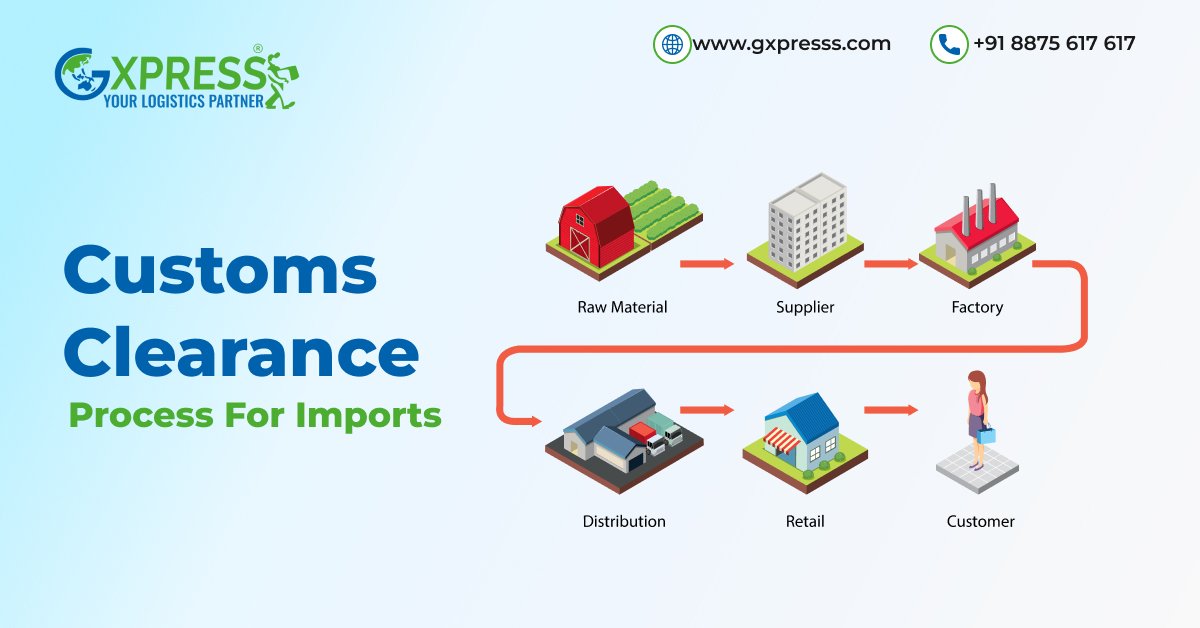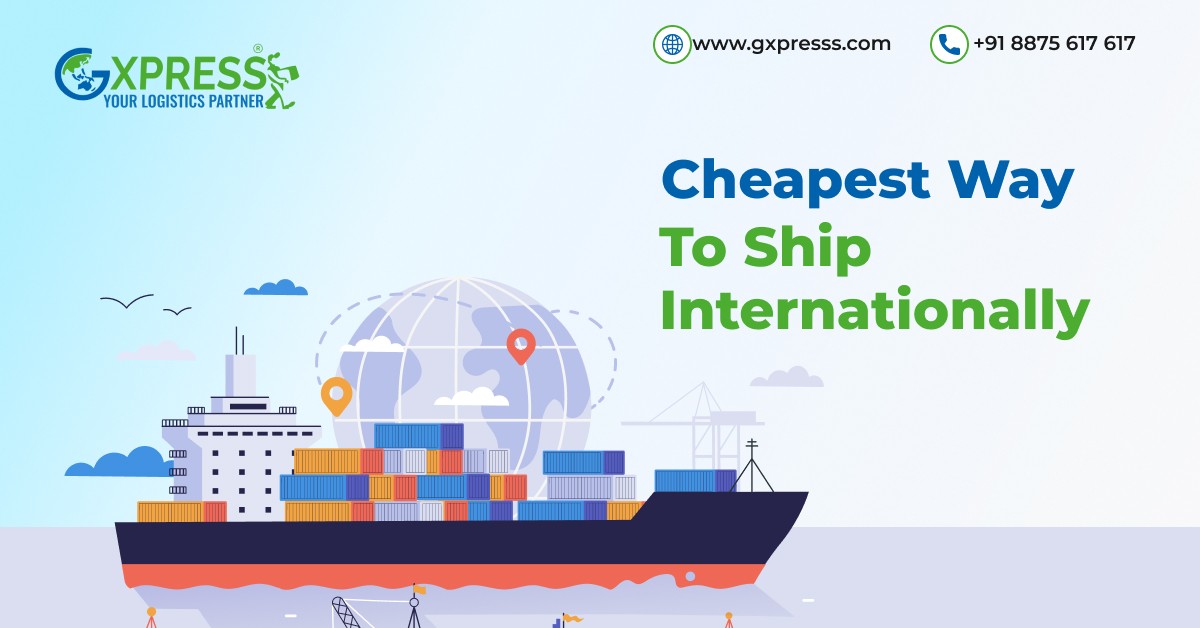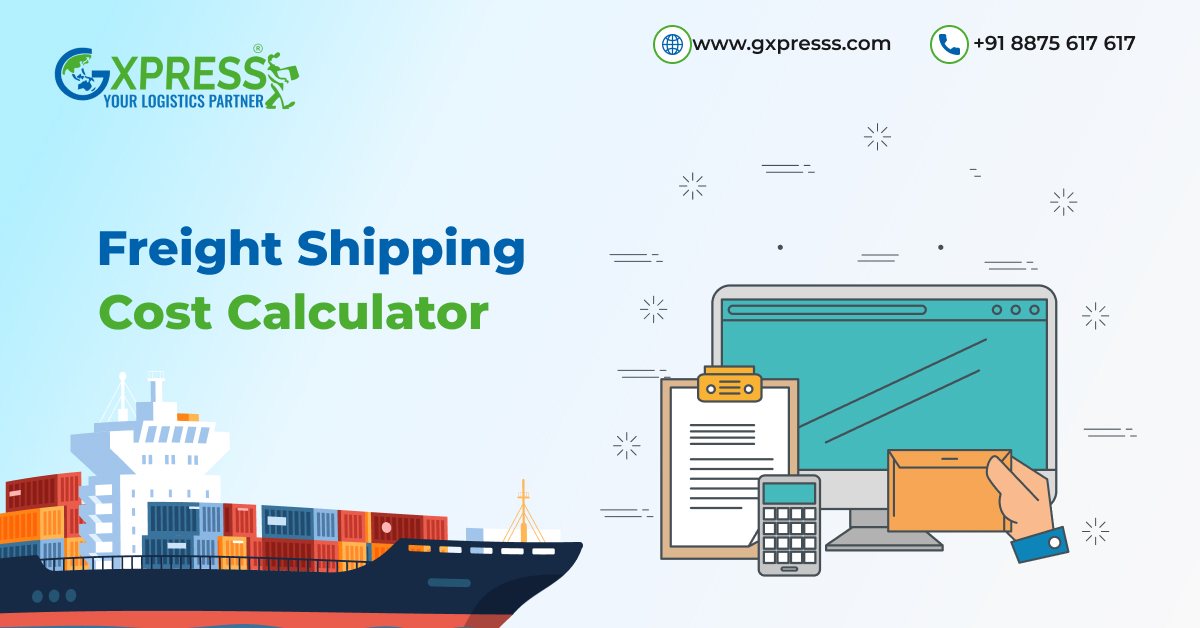June 13, 2025Freight8 min readBy Admin
FCL vs LCL Shipping: Which Option is Right for Your Business in 2025?
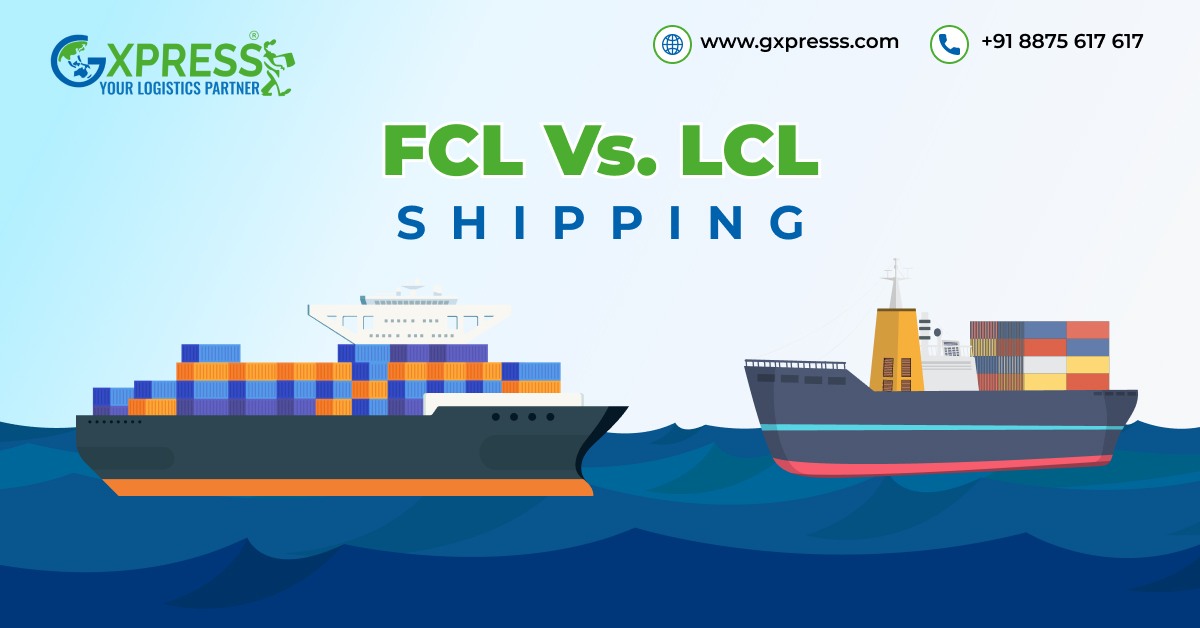
Have you ever heard of terms like FCL and LCL? Suppose you have 10 boxes of organic spices to ship to Dubai, would you know which one to choose between FCL vs LCL shipping? The world of logistics sure is a complicated one, and it may want to make you sit back and sigh. But fear not, in this blog, we will discuss LCL shipping vs FCL shipping in depth.
Like many small businesses stepping into global markets, the decision between FCL and LCL shipping is one of the first—and most critical—choices to make. So, if you're at this crossroads in 2025, this blog is your guide.
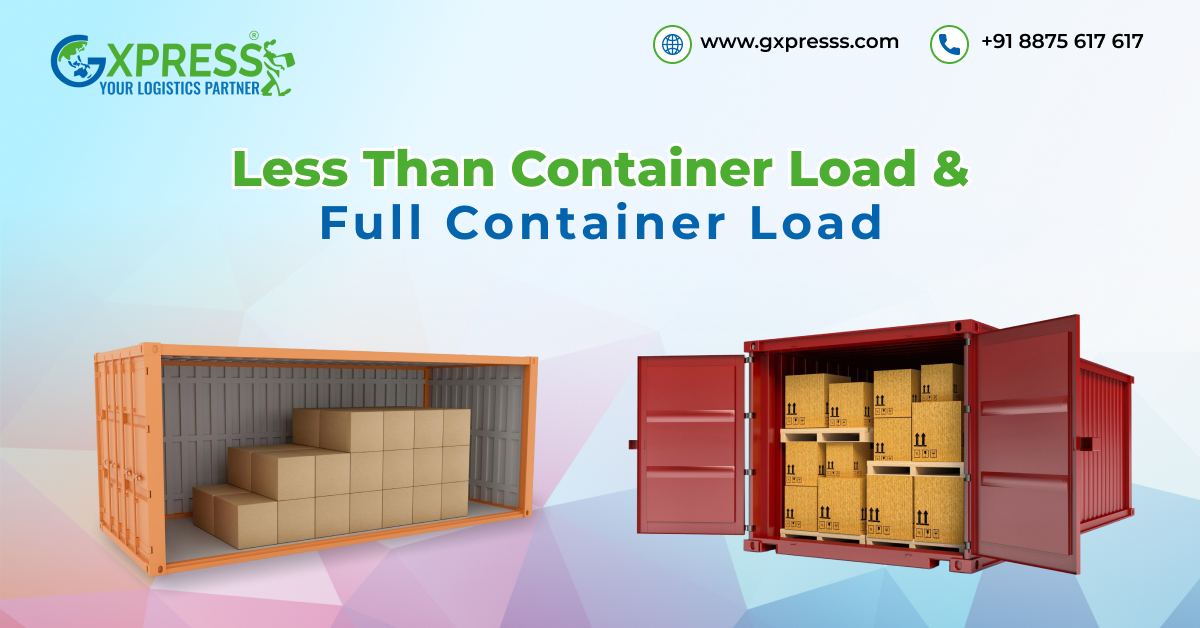
What is FCL?
FCL stands for Full Container Load. As the name suggests, you book the entire container for your shipment, even if you don’t fill it completely. This container moves directly from your supplier to your destination, with no cargo from other businesses inside it.When does FCL make sense?
- You have a large volume of goods.
- You want maximum control over timing and handling.
- You prefer faster transit with fewer touchpoints.
What is LCL?
LCL means less than container load shipping. Your goods share a container space with shipments from other businesses. You pay only for the space your cargo occupies, which makes it budget-friendly for smaller loads.When is LCL suitable?
- Your shipment is small (typically less than 15 CBM).
- You don’t mind slightly longer delivery times.
- You’re testing a new market or product line.
Case Study: The Journey of a Handicraft Startup
In 2022, a Kolkata-based home décor brand began exporting terracotta pieces to Germany. In the beginning, they couldn’t fill more than 3 CBM of container space, so they chose LCL. It saved them over 40% in freight costs and allowed them to validate demand in Europe without overcommitting. By 2024, their orders grew large enough to fill nearly 80% of a 20-ft container. Their shipping partner advised them to switch to FCL. The result? Lower per-unit shipping costs, faster transit, and fewer breakages—because their fragile products were no longer jostling for space with someone else’s cargo. Here’s what you need to know about lcl and fcl shipments from this story. It’s better to start small with LCL. Move to FCL when the scale makes sense.
Documents Required for FCL and LCL Shipping
The documentation requirements for both FCL and LCL are mostly similar, with a few operational differences. Here's a basic checklist for shipping FCL vs LCL:Common Documents
- Commercial Invoice
- Packing List
- Bill of Lading (BL) or Sea Waybill
- Shipping Instructions
- Certificate of Origin
- Insurance Certificate (optional but recommended)
- Import/Export Licenses (depending on the country)
FCL vs LCL Shipping: Key Differences in Documents
- In LCL, a House Bill of Lading (HBL) and Master Bill of Lading (MBL) are often issued since your goods are consolidated with others.
- In FCL, the BL typically covers the entire container and is usually simpler and faster to process.
FCL vs LCL shipping: What Sets Them Apart
| Feature | FCL (Full Container Load) | LCL (Less than Container Load) |
| Volume Requirement | High – 15+ CBM recommended | Low – Ideal for 1 to 15 CBM |
| Cost | Lower per unit for large volumes | Cost-effective for small loads |
| Weight Limit | Up to 28 metric tons | Up to 10 metric tons |
| Transit Time | Faster – fewer handling points | Slightly longer – more consolidation |
| Handling Risk | Lower – only your goods onboard | Higher – mixed cargo environment |
| Customs Clearance | Simpler | More steps due to shared shipment |
| Ideal For | Medium to large businesses | Startups, SMEs, trial shipments |
FCL vs LCL Shipping: Some Similarities Between Them
Despite their differences, shipping LCL vs FCL options shares key similarities:- Global Reach: Both options can get your goods from any port to any other port worldwide.
- Standardized Documentation: Bills of lading, packing lists, and invoices are required for both.
- Support from Freight Forwarders: You can work with agents or freight partners for both models to manage customs, paperwork, and insurance.
- Same Transport Mode: Both are sea freight methods.
Pros and Cons: FCL vs LCL shipping
Let’s break it down for clarity:FCL Pros:
- Lower cost per unit for large shipments.
- Less risk of damage or contamination.
- Faster transit and clearance.
FCL Cons:
- Higher total cost for smaller shipments.
- Under-utilization if the container isn’t full.
LCL Pros:
- Budget-friendly for small volumes.
- Flexibility to ship smaller orders more frequently.
- Great for market testing or seasonal demand.
LCL Cons:
- Longer delivery time.
- Higher risk of damage during consolidation/deconsolidation.
- Shared customs clearance delays.
Which Option Is Right for Your Business in 2025?
The answer depends on your business model, shipment size, and shipping frequency.If You’re an SME:
LCL is a smart choice. It lets you ship smaller quantities while preserving capital and testing markets with lower risk. It’s especially useful for:- First-time exporters
- D2C brands with irregular demand
- Seasonal product exporters
If You’re Scaling Up:
FCL might be more cost-effective. Once your volume reaches around 12–15 CBM or more per shipment, switching to FCL often makes sense. It gives you:- Better control
- Fewer delays
- Lower risk
Hybrid Strategy (Popular in 2025):
Many businesses now combine FCL and LCL shipments, using LCL for small or urgent shipments and FCL for bulk seasonal movements. This hybrid approach maximizes both flexibility and savings.Conclusion
Choosing between FCL vs LCL shipping isn’t just about volume—it’s about vision. Think about where your business is today, and where it wants to go. If you’re just testing international waters, LCL offers flexibility and affordability. If you’re diving into global markets with serious momentum, FCL will give you the scale and control you need. Your first shipment might be a few boxes. But by making smart decisions today, you’ll be filling containers tomorrow.Frequently Asked Questions
Q1. Is the LCL the same as the FCL?
No, LCL and FCL shipments are not the same. LCL lets you pay for and use part of a container. FCL lets you use a whole container at full cost.Q2. Which is better, LCL or FCL?
It depends on how much you need to send. LCL is good for small amounts because it costs less. But for a lot of items, FCL is better since you get a lot more space.Q3. What is the weight limit for LCL?
You can put up to 10 tons in LCL. It is a good pick for those with not a lot of items to send.Q4. What is the LCL cost?
LCL costs are calculated by cubic meters. You must figure out how big your shipment is first. The bigger your goods, the more you pay.Q5. Which is cheaper, FCL or LCL?
LCL is less costly because you share the container price with others. However, for big, regular shipments, FCL can save you more in the long run.Q6. What is FCL in shipping?
FCL, or Full Container Load, means you get the whole container. It is costly but good for sending big loads.Share this article:

